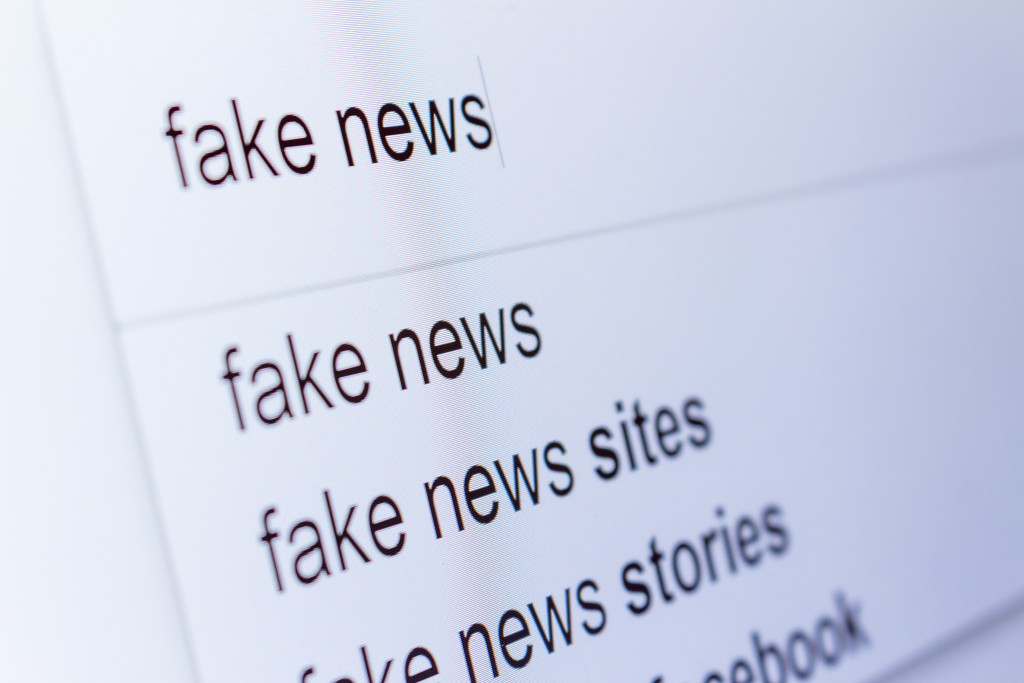The proliferation of fake news has been a problem since the dawn of the internet. But in recent years, it’s become an especially pressing concern. With social media platforms serving as a megaphone for false information, misinformation is easier than ever to spread like wildfire.
This incident has become prominent when the COVID-19 pandemic hit. Social media, for instance, was awash with false information about the virus, from conspiracy theories about its origins to bogus claims about cures. This misinformation can have dangerous consequences, as it can prevent people from taking the proper precautions to protect themselves and others.
Not only that, but fake news can also sow division and discord. It’s been used as a weapon to stoke fear and hatred. It’s also been used to undermine trust in institutions and the media. Fortunately, several internet entities and individuals are fighting back against the spread of misinformation. Here’s how they’re doing it:
1. Crackdown on fake news
One of the most effective strategies today to combat fake news is to target the sources of misinformation. Social media platforms have recently been cracking down on fake news sites and accounts.
Facebook, for instance, has been working to remove false information from its platform. They’re constantly searching for pages and groups that peddle misinformation, and when they find them, they take them down. Sometimes, they also ban the individuals behind these pages and groups from using Facebook. Twitter has also been taking steps to combat fake news. It’s working on identifying and removing malicious accounts and tweets and labeling tweets containing false or disputed information.
Aside from social media platforms, search engines are also playing a role in the fight against fake news. Google, for example, has tweaked its algorithms to make it harder for fake news sites to appear in search results. This way, people are less likely to stumble upon fake news when looking for information online.
2. Information that’s easier to digest
Another way to combat the spread of fake news is to make it easier for people to get accurate information. Some organizations are doing this by creating content specifically designed to debunk misinformation.
For example, much content from reputable sources has spawned to fight against misinformation about different topics. Some can partner with video services and production agencies that can make efficient infographics and videos. These are easily consumed by social media users and can effectively dispel false information. Producing quality content with the help of these agencies made facts more digestible for internet users, who are likely to come across fake news while scrolling through their feeds.
Information campaigns from government agencies also effectively get people the accurate information they need. In Singapore, for instance, the Health Promotion Board created a series of infographics to dispel myths about COVID-19. These were shared widely on social media platforms and helped to ensure that people had access to reliable information about the virus.
3. More transparency
More transparency around the information being shared online has also helped combat the spread of fake news. This way, people can easily double-check claims and determine whether they’re true.

One way to do this is by labeling content verified as false. Social media platforms have been doing this for some time now, and it’s effectively reduced the spread of misinformation. Another way to increase transparency is by providing people with information about where the content they’re seeing comes from.
This is done through source labeling, which tells people where an article or piece of content originated. This way, they can determine whether the information is reliable. Providing context and background information about a topic can also help to increase transparency and reduce the spread of misinformation.
4. Fact-checking organizations
Another way to combat fake news is by working with fact-checking organizations. These organizations help to identify false information and correct it before it’s able to spread too far. These organizations helped different internet platforms set up fact-checking programs to identify and flag false content.
These organizations also work directly with social media platforms to help remove false information. For example, Meta has partnered with several fact-checking organizations worldwide to help them identify and remove false content from the platform. This made fact-checking more localized and helped to ensure that only accurate information was being shared.
5. Improved media literacy
Finally, improving media literacy is another key way to combat the spreading of fake news. This involves teaching people to identify false information and distinguish between reliable and unreliable sources.
There are a number of different ways used to improve media literacy. One is education, which can be done in schools or through public awareness campaigns. Another is by providing people with tools and resources that they can use to understand better the information they see online.
For example, the International Federation of Library Associations and Institutions has created a set of Media Literacy Guidelines that can help people critically assess the information they come across. These guidelines provide advice on things like how to identify different types of media. They also give information on how to determine the reliability of a source.
Overall, the battle against fake news is being fought on multiple fronts. From crackdowns by internet entities to fact-checking organizations, there is a concerted effort to combat the spread of misinformation. While it’s still a problem, these efforts are helping to slow down the spread of fake news and ensure that people have access to accurate information.





